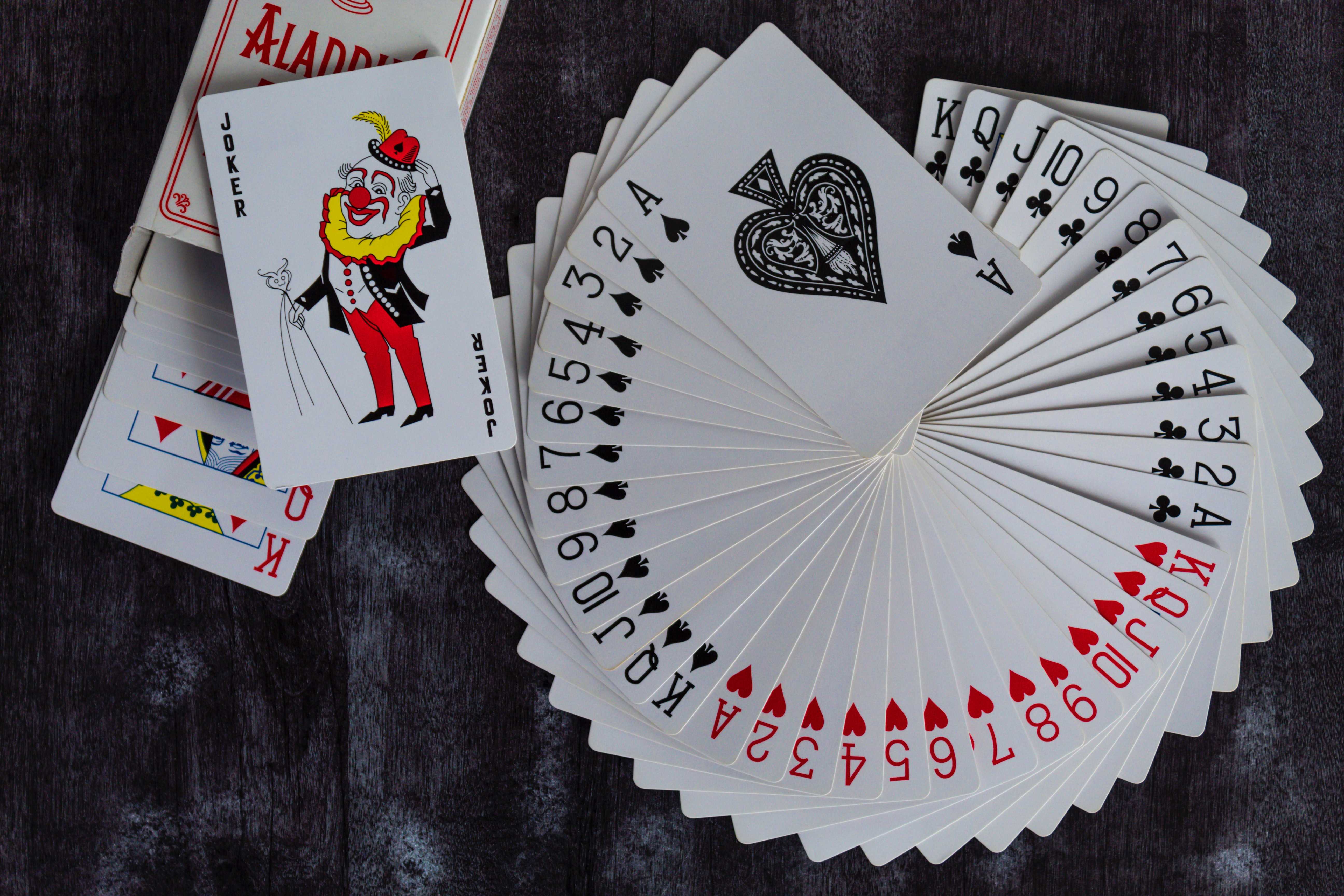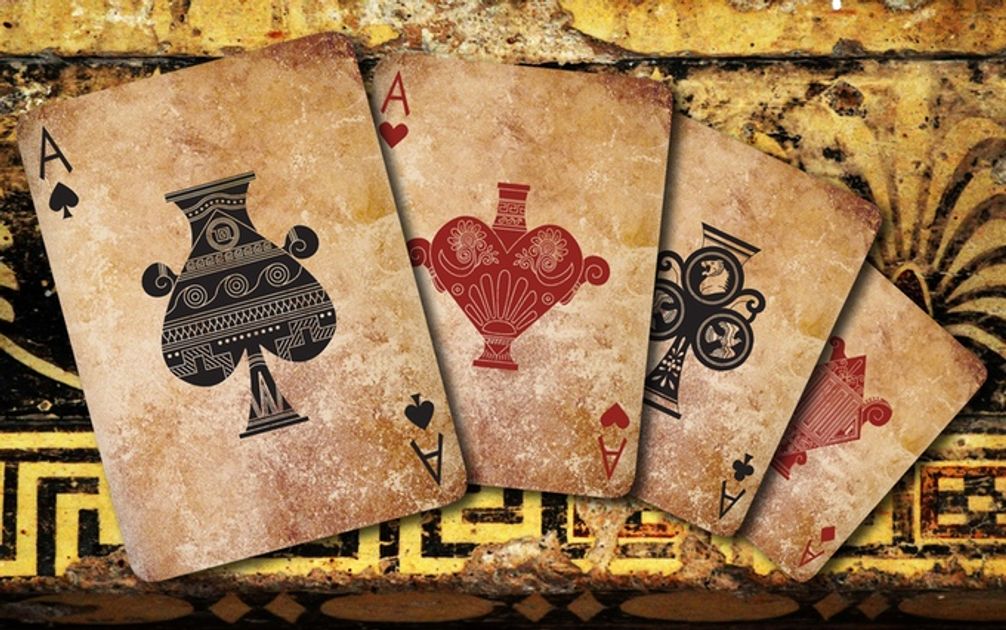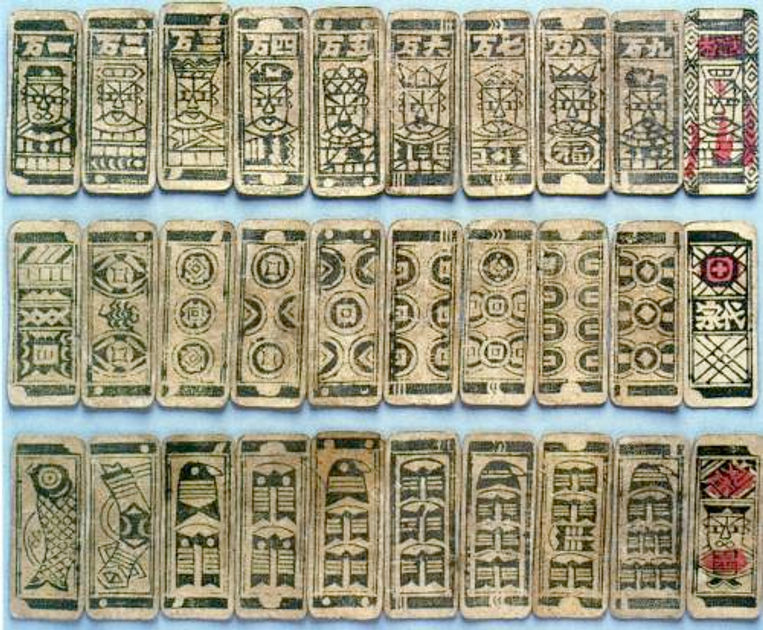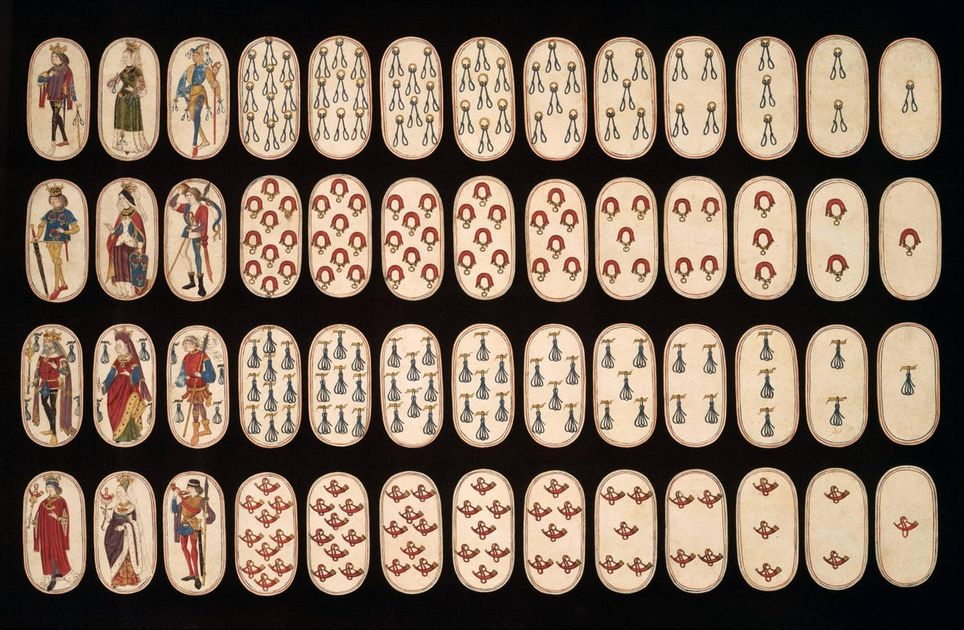Playing cards are a ubiquitous part of our lives, and they have been for centuries. A deck of cards is a simple yet powerful tool that has brought joy, excitement, and entertainment to millions of people around the world. Whether you're playing poker with friends, shuffling a deck of cards for a magic trick, or enjoying a game of solitaire, it's hard to imagine a world without this simple piece of cardboard. However, have you ever wondered about the origins of playing cards, and how they evolved into the deck of cards we use today? In this blog, we'll explore the fascinating history of playing cards, from their early beginnings in ancient China to their current popularity in modern times.
The History of Playing Cards:
Playing cards have been enjoyed by people of all ages and backgrounds for centuries, but the origins of this popular game are shrouded in mystery. While no one knows for certain who invented playing cards, historians have traced the game's origins back to ancient China, where it was first played during the Tang Dynasty (618-907 AD).
Playing cards can trace their origins back to ancient China, where paper was invented in the 9th century. The Chinese began using paper to make playing cards as early as the 10th century. These early cards featured designs that were often based on money or other currency, and were used for gambling and entertainment purposes.
Playing cards eventually made their way to Europe through the Middle East in the 14th century. The earliest European playing cards were made by hand, and they were often ornately decorated with intricate designs and illustrations. These cards were expensive to produce and were mainly used by the upper classes for gambling and entertainment.
The 52-card, four-suit version of playing cards that is commonly used in Western countries today is believed to have originated in France in the late 14th or early 15th century. The four suits – hearts, diamonds, clubs, and spades – are thought to have been inspired by earlier decks from Italy and Spain, which used suits such as cups, swords, coins, and batons.
The French version of the deck, which was known as the "Paris pattern," first appeared in the early 16th century and quickly became popular throughout Europe. Over time, the Paris pattern evolved to include additional decorative elements, such as intricate designs on the face cards and ornate borders around the edges of the cards.
The 52-card, four-suit deck eventually became the standard for playing cards in the West and is still widely used today in games such as poker, blackjack, and bridge.
By the 15th century, playing cards had become more affordable and were more widely available to the general public. Cards were produced in larger quantities, and printing technology allowed for mass production of decks of cards. It was during this time that the four suits of playing cards - hearts, diamonds, spades, and clubs - were established.
Some Ancient Card Decks:
The Symbolism of Playing Cards:
Playing cards have a rich history and symbolism that is often overlooked. Each suit in a deck of cards has its own unique symbolism and meaning. Hearts represent love and emotion, diamonds represent wealth and material possessions, spades represent death and warfare, and clubs represent agriculture and the working class.
The face cards in a deck of cards also have their own symbolism. The King represents power and authority, the Queen represents beauty and grace, and the Jack represents a knave or rogue. In some decks of cards, the Jack is replaced by a Knight, which represents chivalry and bravery.
Detailed timeline of the history of playing cards:
- 9th century: Paper is invented in China
- 10th century: Chinese begin making playing cards out of paper, often featuring designs based on money or other currency
- 14th century: Playing cards are introduced to Europe through the Middle East
- The 52-card, four-suit version of playing cards that is commonly used in Western countries today is believed to have originated in France in the late 14th or early 15th century. The four suits are hearts, diamonds, clubs, and spades.
- 15th century: Playing cards become more affordable and widely available in Europe, and the four suits (hearts, diamonds, spades, clubs) are established
- 18th-19th century: Playing cards are used for educational purposes, with decks featuring images of animals, plants, and historical figures
- 20th century: Playing cards become more standardized in design, but custom decks begin to gain popularity
- 21st century: Playing cards continue to evolve, with new designs and themes being created for collectors and enthusiasts
Of course, this timeline is just a brief overview of the rich history of playing cards. There are many more details and nuances to discover about the origins, symbolism, and evolution of this beloved tool.
The Evolution of Playing Cards:
Over time, the design and function of playing cards have evolved to reflect changing social and cultural norms. In the 18th and 19th centuries, for example, cards were often used for educational purposes, with decks of cards featuring images of animals, plants, and historical figures.
In the 20th century, playing cards became more standardized, with most decks featuring the same basic design and layout. However, there are still many variations of playing cards available today, with different designs and themes to appeal to a wide range of audiences.
One notable development in the evolution of playing cards is the rise of custom playing cards. These are decks of cards that are designed and printed specifically for a particular purpose or audience. For example, there are custom playing cards for magicians, collectors, and gamers, as well as decks featuring popular movies, TV shows, and video games.
In recent years, playing cards have become a popular collector's item, with enthusiasts seeking out rare and unique decks of cards. Some of the most sought-after decks include vintage and antique cards, as well as limited edition and signed decks created by popular designers and artists.
Conclusion:
From ancient China to modern times, the history of playing cards is a fascinating journey through time and culture. Playing cards have evolved from simple paper cards used for gambling and entertainment to a worldwide phenomenon that brings joy and entertainment to millions of people every day. The symbolism and design of playing cards reflect changing social and cultural norms, making them an important artifact of our collective history.
As we continue to embrace new technologies and innovations, it's exciting to see how playing cards will continue to evolve and adapt to the changing times. Whether you're a collector, a gamer, or simply a lover of card games, there's no denying the enduring appeal of this simple yet powerful tool. So the next time you shuffle a deck of cards, take a moment to appreciate the rich history and symbolism that lies within.
Discover More
Most Viewed
Christmas is a season of joy, love, and traditions. And what better way to get into the holiday spirit than through timeless carols? These musical gems have been bringing people together for generations. Here’s our ranked list of the Top 10 Christmas Caro…
Read More



















